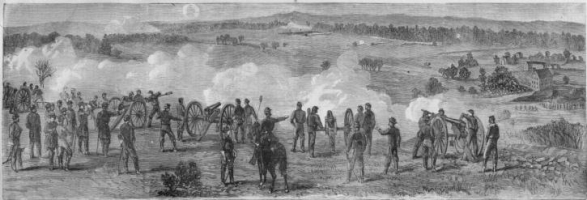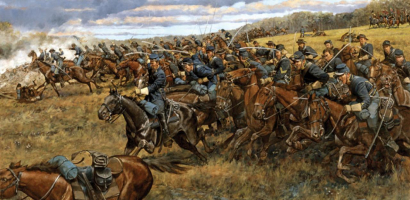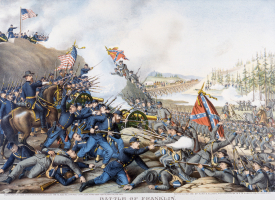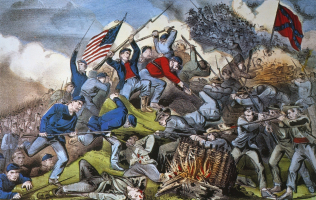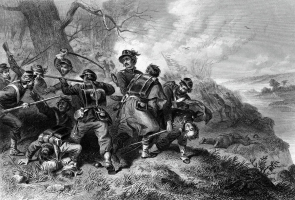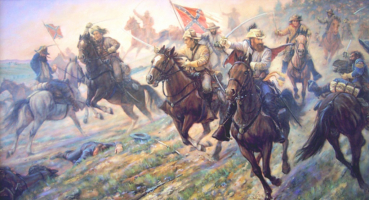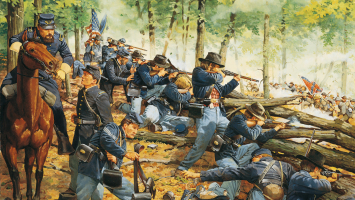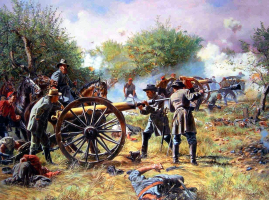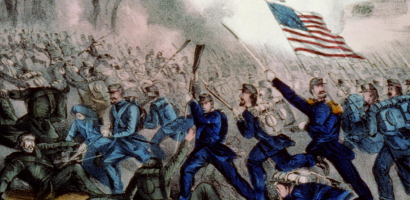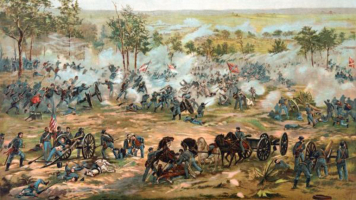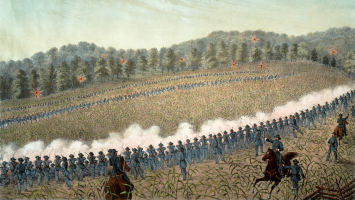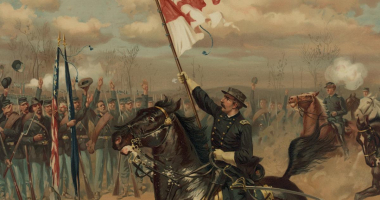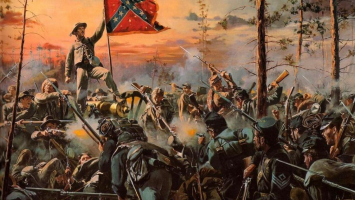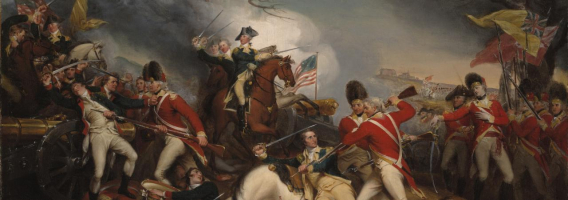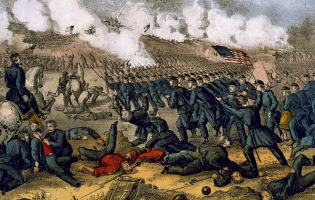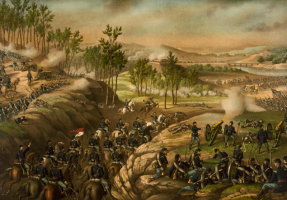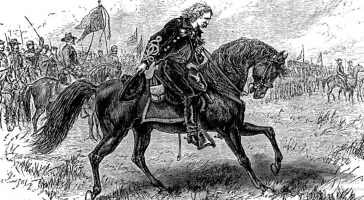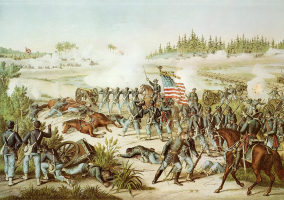Top 9 Facts About The Battle of Fort Fisher
The Union attempted to seize the fort guarding Wilmington, North Carolina, the last significant Atlantic port for the South, during the First Battle of Fort ... read more...Fisher, a naval siege during the American Civil War. It took place from December 24 to 27, 1864, under the command of Major General Benjamin Butler. Here is the top of facts about the battle of Fort Fisher.
-
Three weeks earlier during the Second Battle of Fort Fisher, the Confederacy had unsuccessfully attempted to gain control of the fort. The first attempt was made between 24 and 27 December 1864. After an initial failed attempt to detonate a ship filled with dynamite to destroy the fort's walls, The Union navy conducted a two-day bombardment to destroy the fortress and force its surrender.
Confederate troops began deployment on the second day to begin the siege in the hope that the explosion would destroy the Fort and allow their troops to storm the beach, Union forces at sea detonated a ship and bring it closer to shore. The Confederate Fort was not damaged because the ship caught fire early and exploded while it was still a mile from shore. The Union troops had to flee when their invasion attempt was unsuccessful. Butler was humiliated when, on January 8, 1865, he was stripped of command and succeeded by Major General Alfred H. Terry. Terry then oversaw another expedition that, a week later, succeeded in capturing the fort. The second attack, from January 13 to 15, 1865, was successful with better leadership and planning.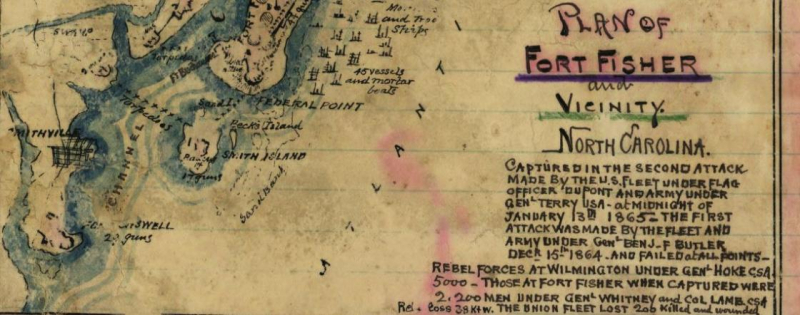
American BattleField Trust 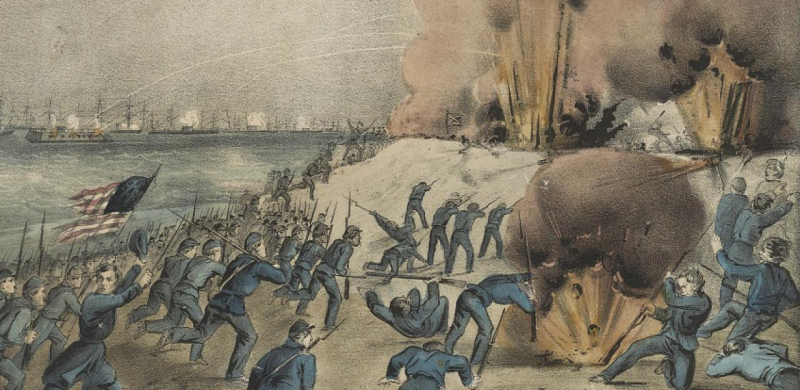
American BattleField Trust -
The command of the Union forces changed between attacks is one of the facts about the battle of Fort Fisher. Major General Benjamin Butler was responsible for the Union's first unsuccessful attempt to capture Fort Fisher. At first, Major General Godfrey Weitzel, one of Butler's subordinates, was given command of the expedition by Lieutenant General Ulysses S. Grant. Still, Butler insisted on leading the army himself because he was in charge of the Department of Virginia and North Carolina, and Grant complied.
Butler was forced to abandon his forces and return to Virginia after his unsuccessful attempt. When Fort Fisher failed, President Abraham Lincoln wrote to Ulysses S. Grant to inquire about it. President Lincoln was addressed by Grant, who added that he hoped to find out who was responsible for the disaster.
Major General Butler was relieved of his duties and General Alfred Terry and Rear Admiral David D. Porter took over as leaders. These two men would lead the second successful battle against the Confederates at Fort Fisher in January 1865.
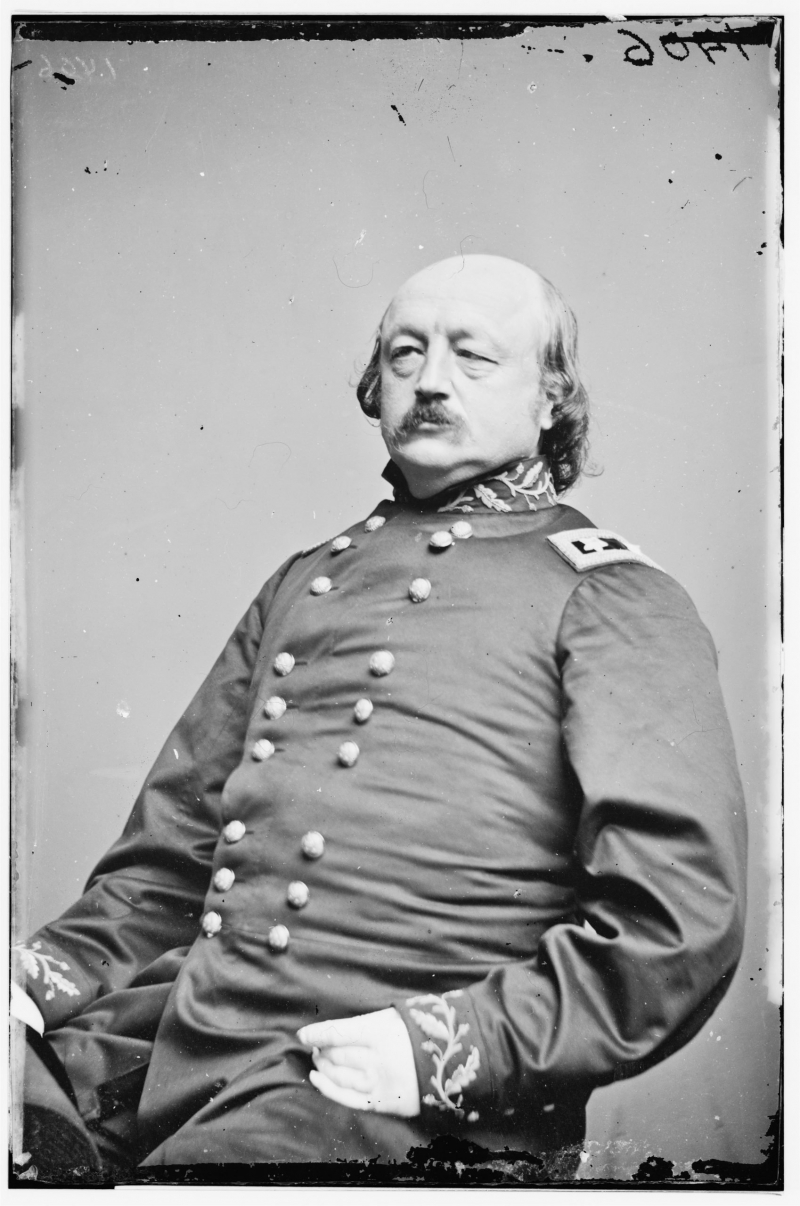
Wikipedia 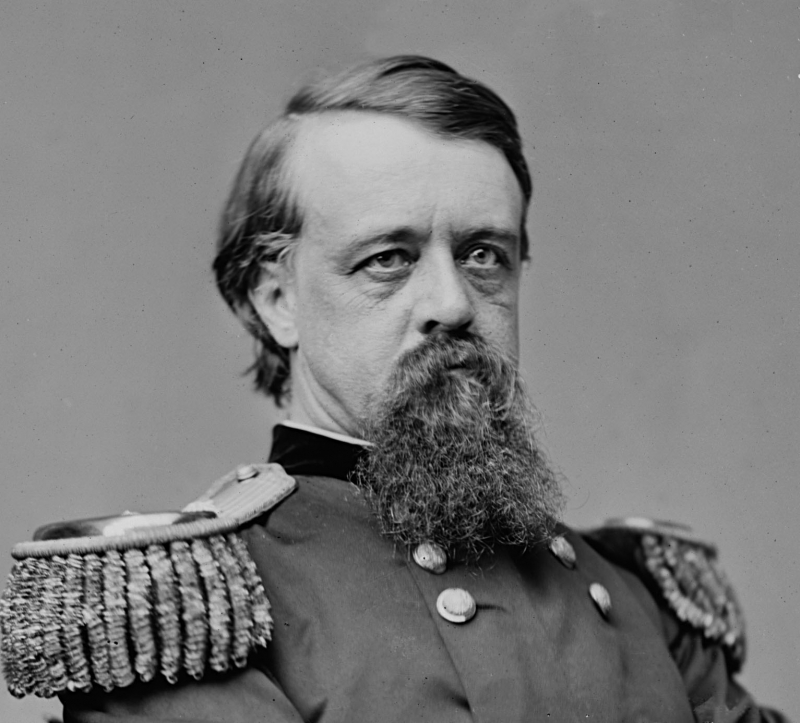
Wikipedia -
Fort Fisher was the largest earthwork fortification in the Confederacy and for four years (1861- 1865) played a vital role in the Southern war effort. It is rated one of the facts about the battle of Fort Fisher.
Fort Fisher was the final significant coastal fort under Confederate hands after Fort Morgan on Mobile Bay fell in August 1864. The final remaining connection between the already doomed Confederacy and the outside world was severed when the fort fell to Union forces on January 15, 1865, following the biggest naval bombardment of land defenses known at the time.
Earth and sand were stacked to form mounds that, in some cases, reached heights of 30 feet for the Fort's fortifications. Because sand absorbs stress and fire far better than brick or wood, which would explode into pieces, the earthwork was deemed to be a more durable fortification. To defend themselves against enemy artillery fire, the Confederates built offices and hospitals inside these enormous mounds. Due to the Fort's location on the beach, another benefit of the earthwork construction was that any breaches in the mounds could be simply repaired using the nearby sand.
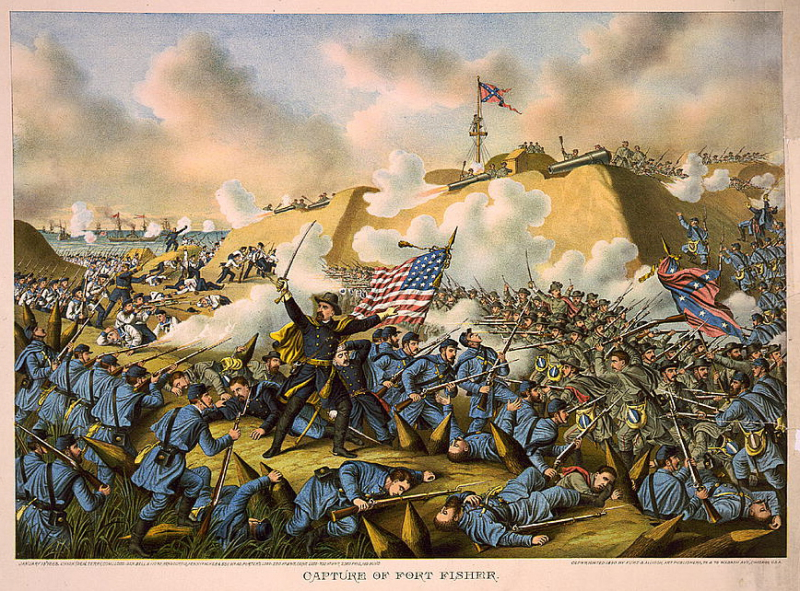
Wikipedia Discerning History -
Up to this point, the Union had effectively blockaded the entire coast and had taken control of most of the important Confederate ports along the littoral.
To compensate for their lack of access to essential military supplies, the Confederacy would exchange cotton and tobacco for the materials they required to support their war effort with the British. By the end of 1864, Wilmington, North Carolina served as the final significant Confederate port as a result of the Union blockade throughout the entire U.S. coast and the loss of several important Confederate ports. The distinctively crafted Fort Fisher was responsible for guarding this crucial port. The fort was constructed primarily of dirt mounds and sand, which proved to be more successful at absorbing cannon explosions than the conventional brick and mortar, and was inspired by the design of the Malakoff Tower in Ukraine. Robert E. Lee emphasized the significance of Fort Fisher by warning Colonel William Lamb, the fort's commanding commander, that if he lost control of it, Lee wouldn't be able to supply his army. Therefore, it can be concluded that Fort Fisher protected the last open major port of the Confederacy and it is one of the facts about the battle of Fort Fisher.
Following the Second Battle of Fort Fisher, the Union was free to march into Wilmington and take it when the Confederacy lost control of the fort.
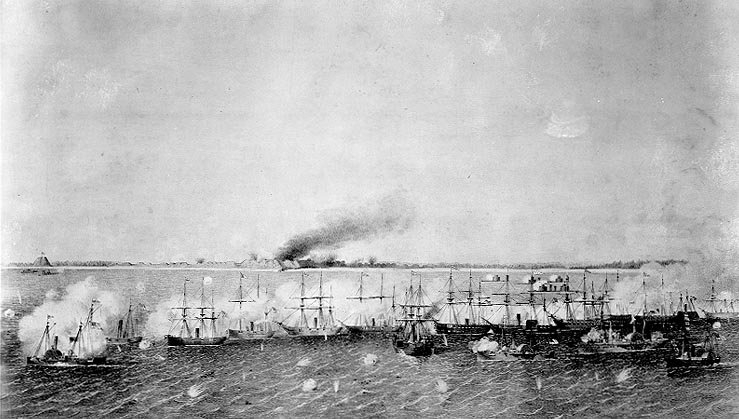
AmericanCivilWar.com 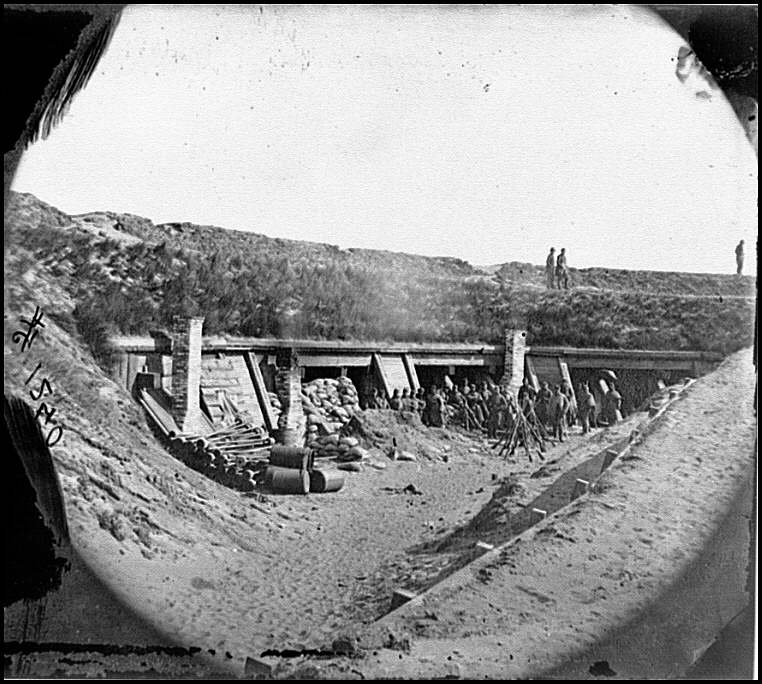
AmericanCivilWar.com -
United States Colored Troops were one of the reinforcements that contributed to the Union's triumph. The USCT fought at Fort Fisher. The USCT initially supported the Union by setting up defensive lines on land to stop Confederate forces from assisting the depleted Southern armies.
A second attempt to take control of Fort Fisher was launched in January 1865, and this time the Federals gave leadership to Maj. Gen. Alfred Terry and Rear Adm. David D. Porter. Porter positioned 58 ships offshore while Terry gathered about 10,000 Union army soldiers. In their agreed-upon strategy, Terry would land the army on the shore while Porter pounded the Confederate positions. A division of the United States Colored Troops (USCT) would land and move northward up the peninsula, taking up a blocking position with the main objective of halting any Confederate reinforcements. The landward wall of Fort Fisher would be attacked by the second army of Union infantry, who would deploy in a line facing south. Finally, a force of sailors and the United States marines, some 2,000 in all, would land and attack the seaward wall of the fort.
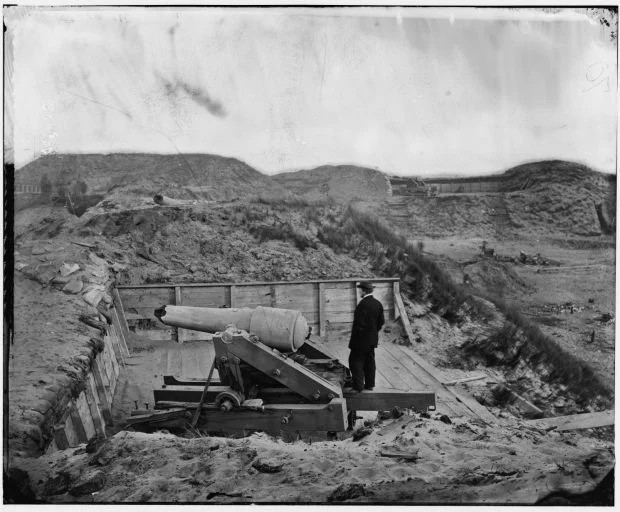
Napa Valley Register Past To Present History -
One of the facts about the battle of Fort Fisher is that General Braxton Bragg might have prevented the Confederate defeat. Confederate Maj. Gen. Whiting despatched a message to neighboring Gen. Braxton Bragg while the fight at the Fort raged, warning him of the perilous situation and pleading for reinforcements. Gen. Bragg, who was deploying his soldiers to protect Wilmington, first chose not to send troops because he did not understand the gravity of the message.
Throughout the three days of warfare, communications begging for help and alerting Gen. Bragg to the dire need for assistance were transmitted to him. Bragg, a controversial figure in history because of his skill as a commander, chose not to take the signals seriously since he believed Fort Fisher to be nearly impenetrable. Smaller reinforcements were dispatched, but he was confident Fort Fisher wouldn't be lost.
On the third day of fighting, Bragg eventually dispatched a small contingent of his soldiers to take over command, but it was already too late. The Confederate forces had already lost the battle and were fleeing when Bragg's men arrived. Then, Bragg was forced to inform Confederate President Jefferson Davis of the loss of the Fort, and he wrote to Davis that he was "mortified" to have to do so.
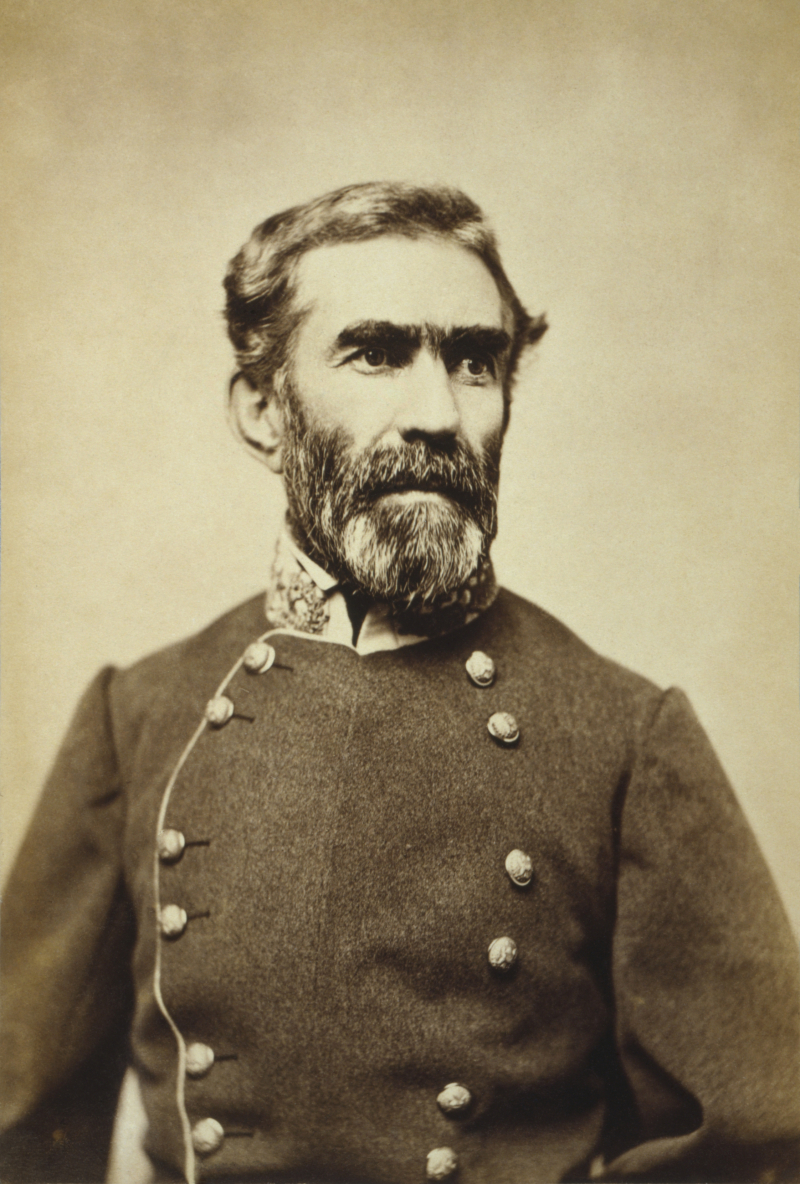
Wikipedia 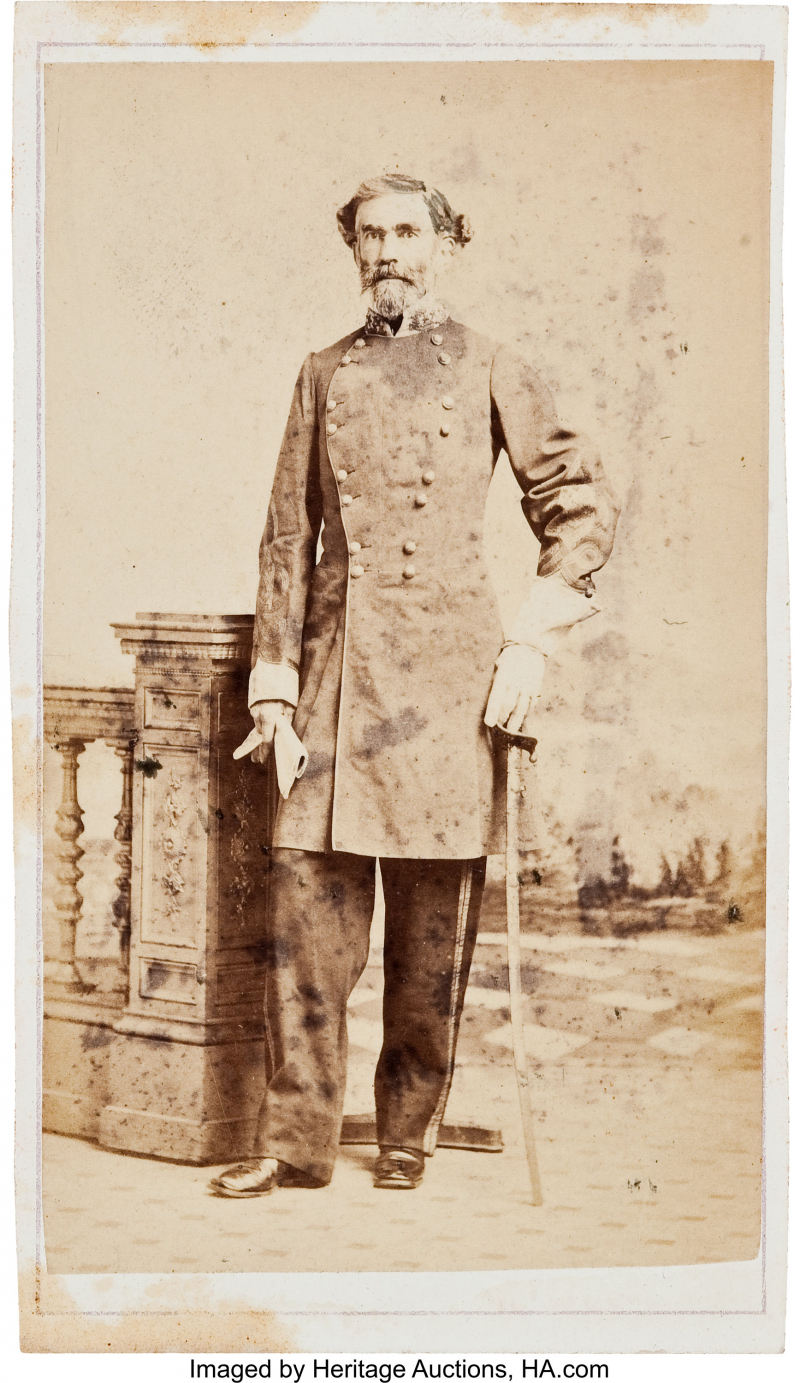
Heritage Auctions -
The Union efforts at Fort Fisher made history is one of the facts about the battle of Fort Fisher . The Union's victory at Fort Fisher dealt the Confederate cause a fatal blow. Robert E. Lee's Army of Northern Virginia's supply routes were cut off. Lee would eventually hand over the Confederate forces to Ulysses S. Grant at Appomattox Court House, Virginia, within a few months.
The second battle of Fort Fisher, which combined land and naval forces, set records for both the largest amphibious attack of the war and the heaviest naval fire in history up to that moment. Up until D-Day in World War II, it was the biggest amphibious assault by the United States. The Union onslaught included 58 naval ships and around 10,000 Union infantry. There was a lot of close-quarters fighting and hand-to-hand combat throughout this encounter. Soldiers who fought at Fort Fisher received 54 Medals of Honor, including 1 USCT man.
travelthruhistory 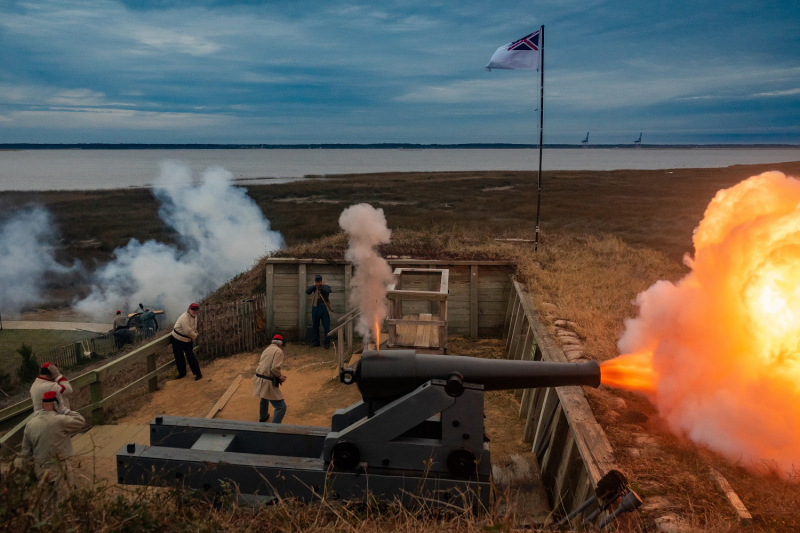
NC Historic Sites - NC.GOV -
The Confederacy's victory proved detrimental to the Confederacy's cause. As a result of the Union's decisive victory over the Confederacy in the Civil War, American power and influence abroad increased.
The Union's cause was greatly advanced by the Battle of Fort Fisher, despite the fact that it occasionally gets lost among the last conflicts in the closing months of the war. Within a month of the Union's triumph at Fort Fisher, the Federals were able to seize Wilmington, the last significant Confederate port. The Confederacy had few supplies while the Union secured another supply route to the sea thanks to Union forces capturing Wilmington. After losing Wilmington, the Confederacy and General Robert E. Lee battled with their little supplies and eventually capitulated.
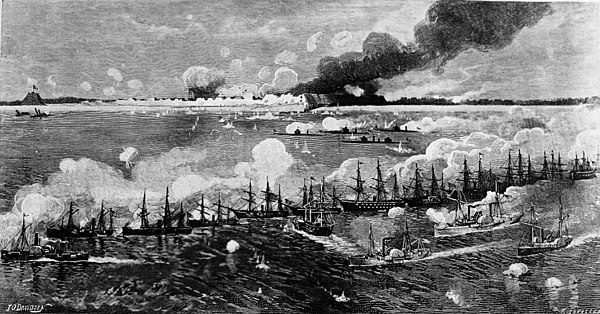
Wikipedia 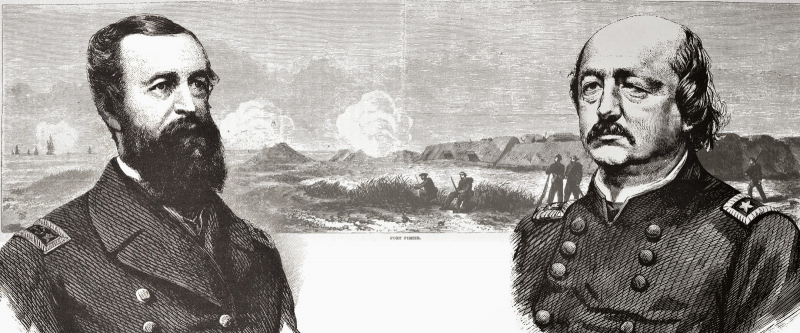
Hampton Roads Naval Museum -
Part of Fort Fisher still stands is one of the facts about the battle of Fort Fisher.
10% or so of Fort Fisher is still in its original condition. The ocean has eroded a significant portion of the Fort's original defenses over time because most of the Fort was constructed from sand and earth. A few mounds are still standing, though. A 9-foot-tall palisade fence encircled the fort during the conflict.
A tiny section of the old fort is still standing today, along with historical recreations, displays, and memorials. Additionally, you can discover more about the adjacent cities of Wilmington and the Cape Fear region of North Carolina before and during the first and second Fort Fisher battles. On-site is also a seacoast cannon that has been refurbished and is in use.
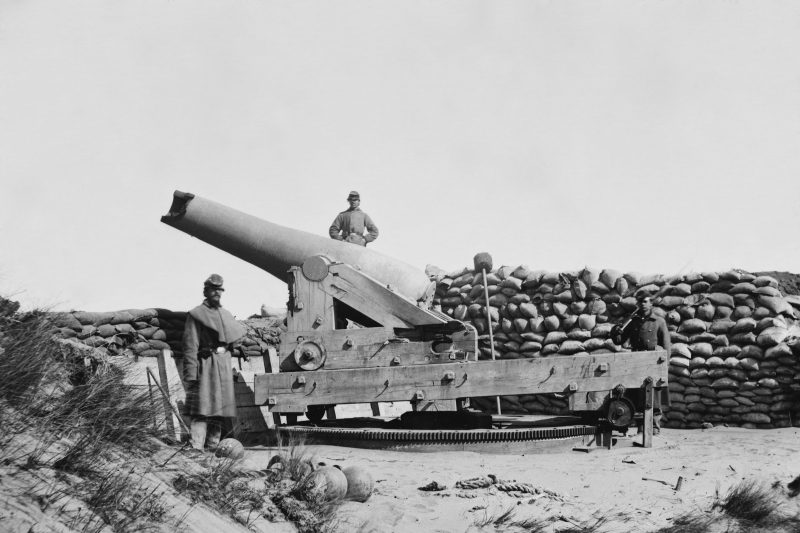
Wikipedia 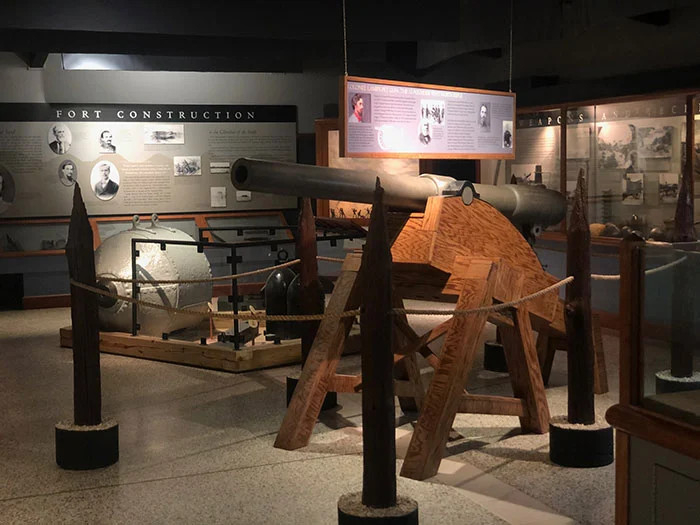
NC Tripping











